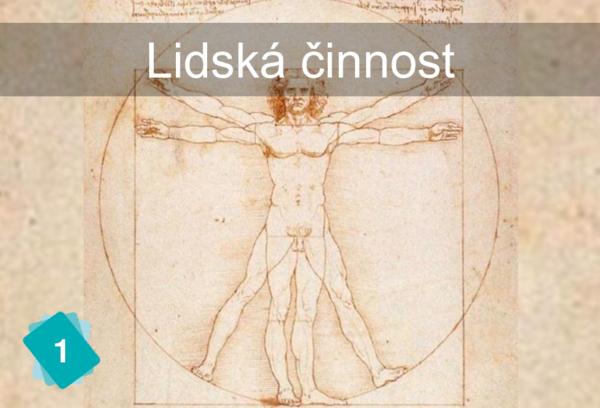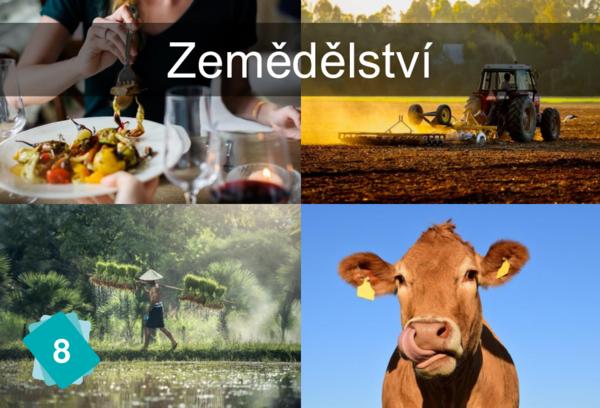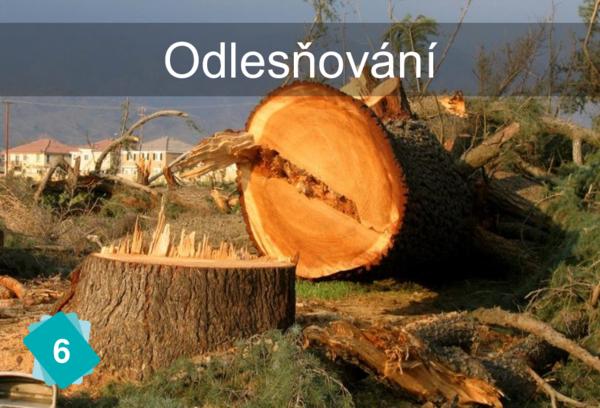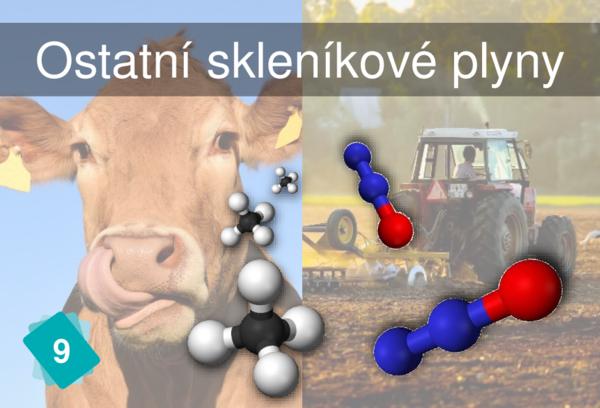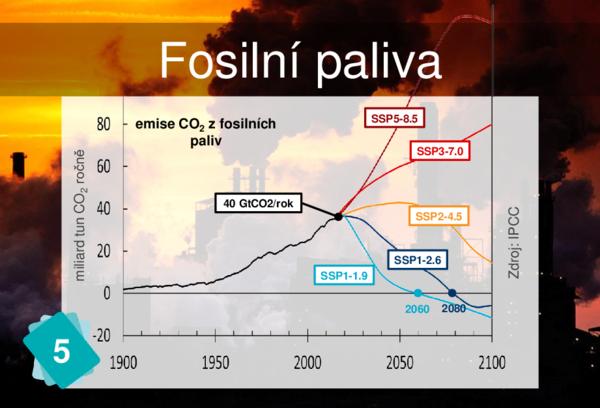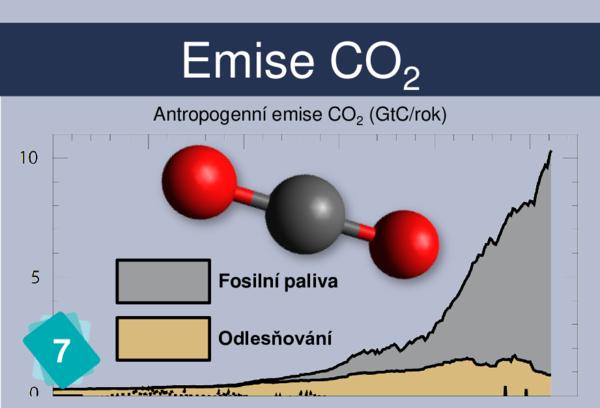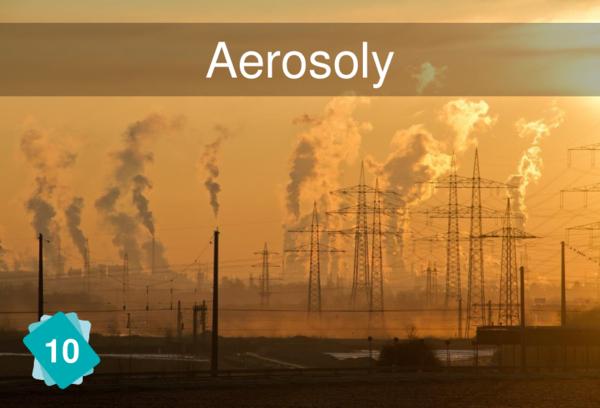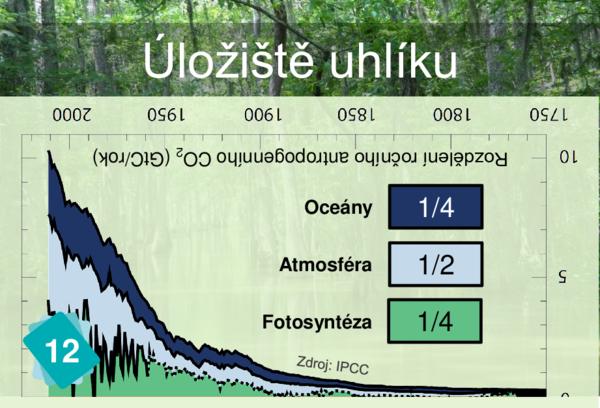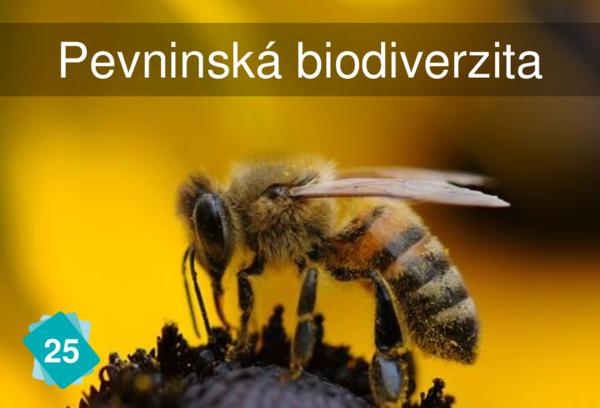8 - Zemědělství
1Cause
2Consequences
Deforestation is due for 80% to agriculture. It can be considered as a human activity or as a consequence of agriculture of both.
The pictures in the background of card 9 should put you on the track!
5Other possible consequences
Agriculture does not use much fossil fuel, just enough to keep tractors running. Its carbon emissions are high, bu mainly because of methane and nitrous oxide.
Agriculture does not emit much CO2 except from deforestation. Its carbon emissions mainly come from othe GHGs.
Spraying crops does result in aerosols and air pollution, but not to the same extent as incomplete combustion from power plants.
It doesn't matter if this link is not made, but it is true that agriculture can improve storage capacity through photosynthesis. This is the 0.4% principle (if we increased the soil's capacity to sequester carbon by even 0,4%, we would have a significant impact on CO2).
Here, we are thinking mainly of pesticides (especially Roundup or neonicotinoids). No link with the climate, but an interesting relation to make.
2Wrong causes
It would be more logical to link to agricultural yields.
Yes, the yield decline does affect agriculture, but the agriculture card is here to stand for one of the causes of GHG emissions.





